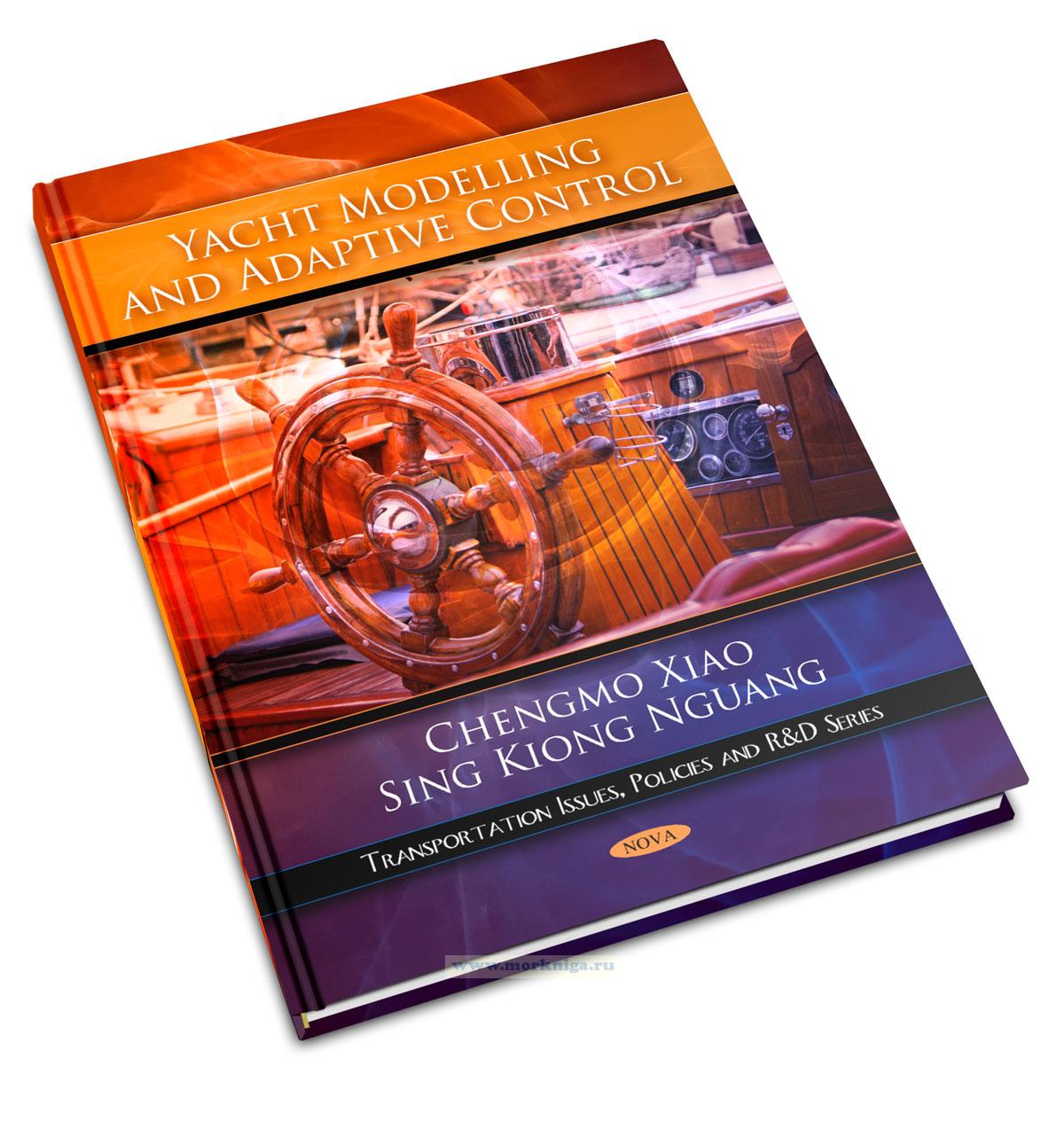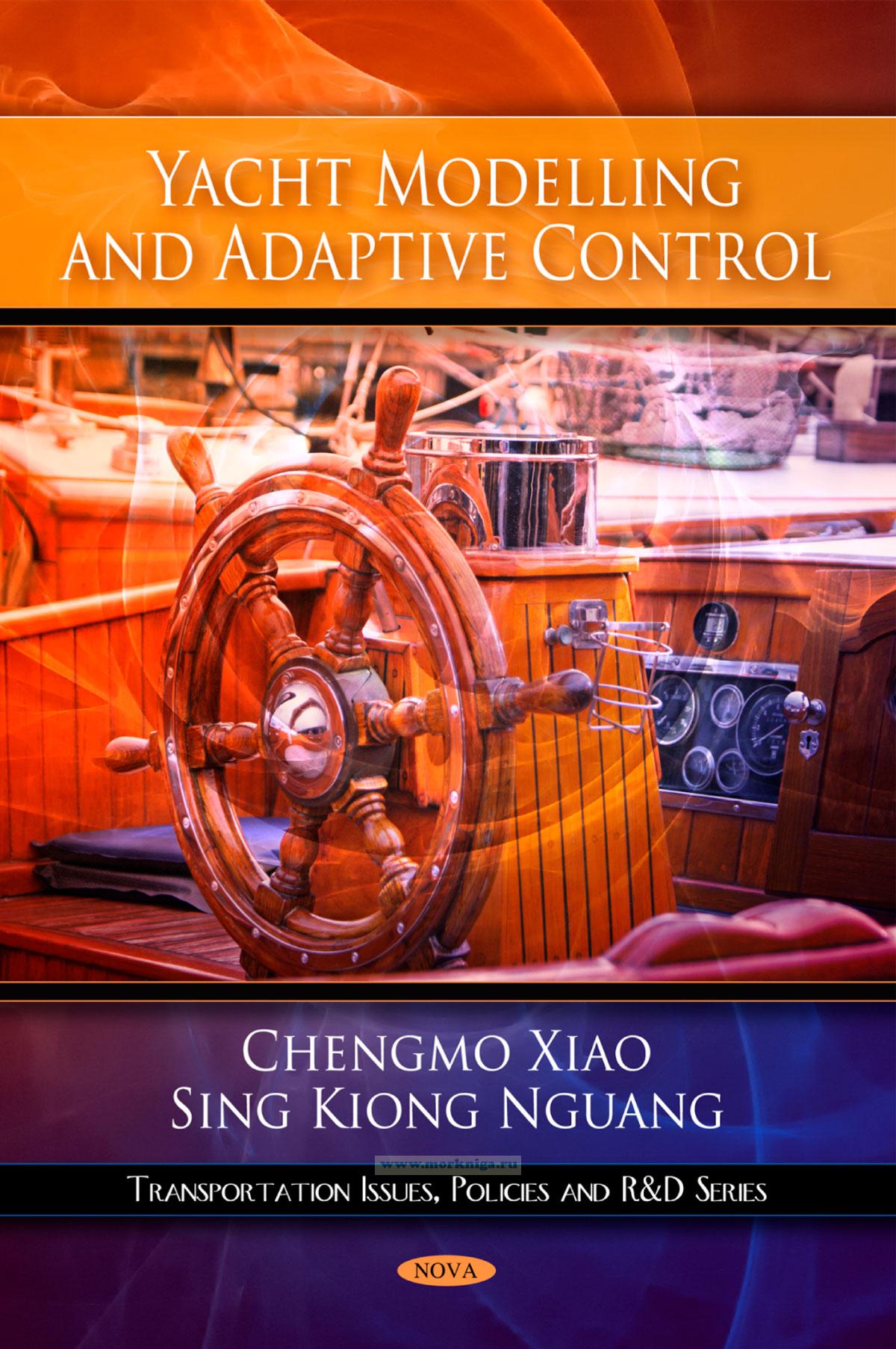Yacht Modelling and Adaptive Control/Моделирование яхт и адаптивное управление
Книга на английском языке
Marine vessels, including wind-powered yachts, are continually required to be able to operate with properties of being more reliable, comfortable and economical. Recently, the global economic integration has intensified world-wide competition and increased the demand for sea freights. This demand has stimulated the development of marine vessels which are larger, faster and safer. The crisis of non-renewable energy and its steady increase in price leads to higher requirements of energy efficiency by marine vessels. This increased awareness of protecting the environment has ensured that there are now stricter standards in controlling ocean pollutions hence it leads to more demands on marine vessel control. These increases in performance and fuel saving can be achieved through incorporating advanced control technologies. Adaptive and artificial intelligent control strategies, by connecting to the dynamics of a marine vessel, enable the vessel to follow an optimal course or track with minimum rudder action, resulting in collision avoidance and energy saving. Smaller marine vessels such as yachts are often powerless against sea conditions, hence advanced control algorithms combined with modern guidance technology such as global positioning system (GPS), increase the safety of the navigation. As a consequence, the autopilot system which integrates the electronic hardware and the control algorithms has become standard use for commercial and military marine vessels, and is becoming essential equipment for smaller marine vessels such as leisure boats and yachts.
Contents
List of Tables
List of Figures
Abstract
1 Introduction
1.1. Introduction to Ship Motion Control Problem
1.2. Review on Ship Motion Control Strategies
1.3. Yacht Motion Control Problems
1.3.1. The Overlooked Study on Yacht Motion Control
1.3.2. What Is the Difference of Yacht Motion Control?
1.3.3. Why Adaptive Control?
1.4. What Is the New Contribution In This Book?
1.5. How Is This Book Organized?
2 Yacht Mathematic Modelling: Hydrodynamics Analysis
2.1. Introduction
2.2. The Yacht Motion Coordinate Frame
2.3. Derivation of Motion Equations for Marine Vessels
2.3.1. A Particular Case of Ship Motion Analysis
2.3.2. The More General Case of Ship Motion Analysis
2.3.3. Simplification on Ship Motion Equations
2.4. Yacht Hydrodynamics Analysis
2.5. Disturbances Analysis
2.5.1. Wind Disturbance
2.5.2. Wave and Current Disturbances
2.6. Simulink Implementation of the Chosen 12-metre America's Cup Yacht
2.7. Summary
3 Yacht Mathematic Modelling: Parameter Identification
3.1. Introduction
3.2. Yacht's Model Identification and Simplification
3.2.1. Recursive Prediction Error Method (RPEM)
3.2.2. Identification of Transfer Function
3.3. Numeric Results of Yacht Identification
3.3.1. Spectrum Analysis on Heading, Rolling and Rudder Angles
3.3.2. Responses of Yaw and Roll Motion to the Rudder
3.3.3. Sensitivity to Wind Disturbances
3.3.4. Illustrations on Parameter Estimation
3.4. Summary
4 Adaptive Self-Tuning PID Yacht Autopilots: LQR Approach
4.1. Introduction
4.2. LQR Self-tuning PID Autopilot Design
4.2.1. LQR Self-tuning PD Control Algorithm
4.2.2. LQR Self-tuning PID Control Algorithm
4.2.3. Analysis of the PD and PID Autopilot Algorithms
4.3. Simulations and Results Comparisons
4.3.1. Simulations on LQR Tuned PD Autopilots
4.3.2. Simulations on LQR Tuned PID Autopilots
4.4. Stability Analysis
4.5. Summary
5 Adaptive Self-tuning PD Yacht Steering Control: Approach
5.1. Introduction
5.2. Auto-tuning PD Autopilot Design
5.2.1. Review of Theory
5.2.2. Tuned PD Autopilot Design
5.2.3. Constraints Analysis on Choosing Parameters w0 and X
5.3. Simulations Study
5.3.1. Calm Sea Steering Control
5.3.2. Comparisons on Robust and Adaptive Tuned PD Autopilot
5.3.3. Comparisons on Adaptive PD and LQR Tuned PD/PID Autopilots
5.4. Stability Study
5.5. Summary
6 Adaptive Yacht Rudder-Roll Damping and Steering Control
6.1. Introduction
6.2. Yacht Steering and Roll Damping Control: Adaptive LQR Strategy
6.2.1. LQR Steering Autopilot Design
6.2.2. LQR Roll Damping Controller Plus PD Steering Control
6.2.3. LQR Steering and Roll Damping Controller
6.3. LQR Steering and Roll Damping Control Simulation
6.3.1. Comparison of PID and Adaptive LQR Autopilots for Yacht Steering Control
6.3.2. Simulation Analysis of the Designed Adaptive LQR Roll Damping Autopilots
6.3.3. Results Analysis of the Designed LQR Steering and Roll Damping Autopilots
6.4. Summary
7 Online Adaptive LQR Autopilot Design Based on Genetic Algorithms
7.1. Introduction
7.2. Review of Genetic Optimization
7.3. The Online Adaptive LQR Autopilot Design by GA Algorithm
7.3.1. Brief Review of the Yacht Mathematical Model
7.3.2. Review of Adaptive LQR Autopilot Design
7.3.3. The Development of a Full-Adaptive LQR Controller Tuned by GA
7.4. Simulation Study
7.4.1. Determination of Minimum Size of Population and Generation
7.4.2. Control Performance Comparison on the Ship “Sea Scout”
7.4.3. Control Performance Comparison on the Yacht
7.5. Summary
8 Conclusions and Future’s Work
8.1. General Conclusions
8.2. Suggestions for Future Research
Appendix
A.1. Measurements for the 12-metre America’s Cup Racing Yacht
A.2. Coefficients for the 12-metre America’s Cup Racing Yacht
A.3. Added Mass of the Simulated Yacht
References
Index

